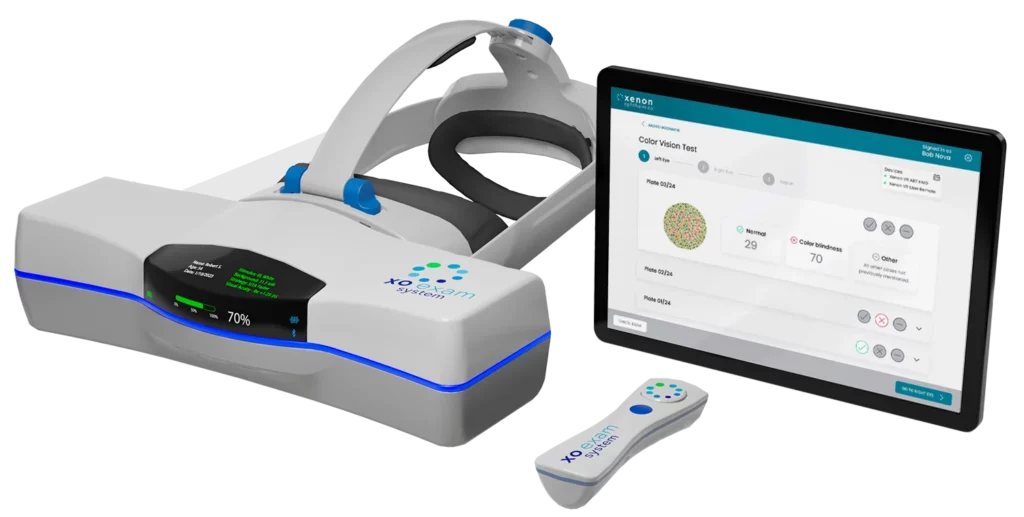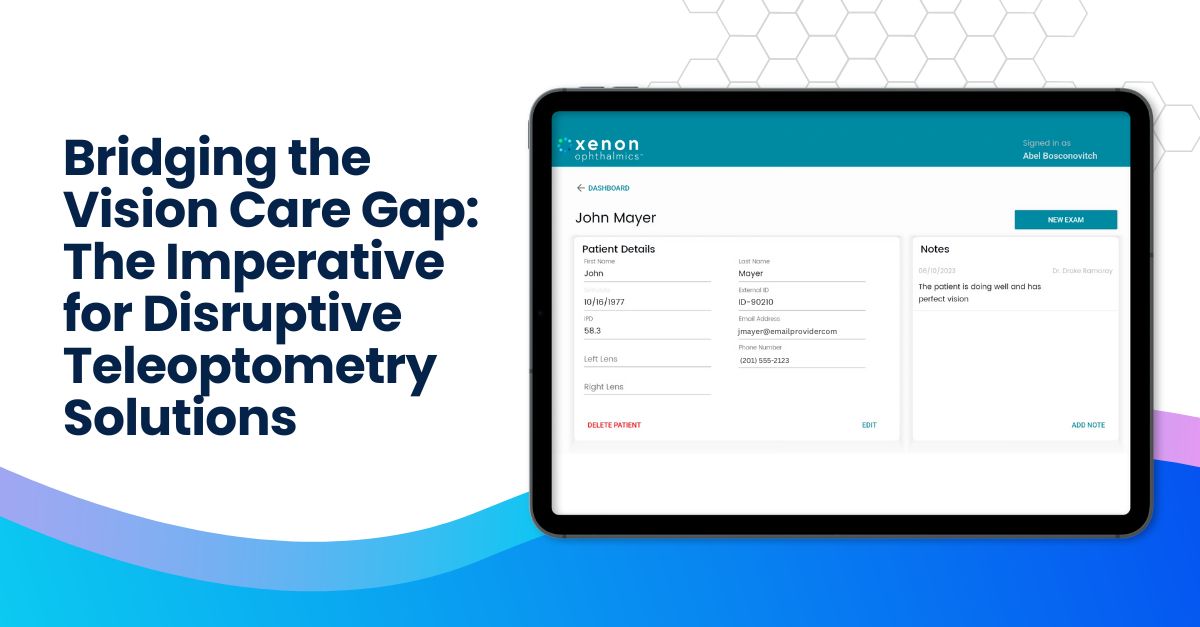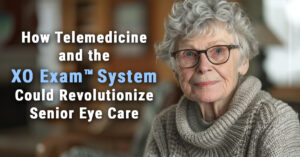In today’s rapidly evolving healthcare landscape, the importance of accessible and quality vision care cannot be overstated. Yet, millions of individuals in underserved areas across the United States and around the world remain at a significant disadvantage due to a glaring lack of access to essential eye care services.
This scenario exacerbates existing health disparities and impedes social and economic development. However, amidst these challenges lies a beacon of hope: the advent of innovative, disruptive technologies in the realm of teleoptometry.
The Growing Need for Accessible Vision Care
The necessity for accessible vision care is more critical now than ever. Visual impairments and eye diseases such as cataracts, glaucoma, and diabetic retinopathy can lead to significant reductions in quality of life, affecting educational opportunities, employment prospects, and day-to-day functioning.
The World Health Organization highlights vision impairment as a major global health concern, with at least 2.2 billion people globally having a near or distance vision impairment, out of which at least 1 billion cases could have been prevented or have yet to be addressed.
In underserved areas, the scarcity of optometry services is often compounded by a lack of awareness, financial constraints, and insufficient healthcare infrastructure. These barriers are particularly pronounced in rural and remote regions, where the nearest eye care professional could be several hours away, making regular eye examinations and follow-up care a significant challenge. Consequently, many vision impairments remain undiagnosed and untreated, leading to avoidable visual loss and blindness.
Teleoptometry: A Visionary Solution
Teleoptometry (remote diagnostic and prescriptive vision care) emerges as a visionary solution to bridge this gap by leveraging digital technology to deliver eye care services remotely. This innovative approach facilitates comprehensive eye exams, consultations, and follow-ups via telecommunication tools, enabling patients to access quality vision care without the need for physical travel.
A prime example of teleoptometry’s potential is demonstrated in a case study featured in Review of Optometric Business, which outlines how teleoptometry platforms are expanding their reach without compromising the quality of care.
This approach not only extends the accessibility of eye care services to remote and underserved populations but also enhances the efficiency of healthcare delivery by optimizing resource allocation and reducing the burden on traditional healthcare facilities.
The Imperative for Disruptive Innovation
Implementing teleoptometry services addresses several critical needs in the current healthcare ecosystem:
- It significantly improves access to eye care for underserved populations, breaking down geographical and logistical barriers to care.
- It offers a scalable solution to the growing demand for vision care services, particularly in the face of a global aging population and the rising prevalence of chronic conditions that affect eye health.
- Teleoptometry represents a cost-effective alternative to traditional eye care models, potentially reducing healthcare costs for patients and providers.
However, realizing the full potential of teleoptometry requires more than just technological advancement; it necessitates a paradigm shift in policy, regulation, and healthcare delivery models.
There is a pressing need for supportive legislation, cross-sector collaboration, and investment in digital health infrastructure to create an enabling environment for teleoptometry to thrive.
Addressing concerns about data security, patient privacy, and the standardization of care quality is paramount to building trust and acceptance among patients and healthcare professionals.
Conclusion: A Call to Action
The need for innovative, disruptive technology to provide access to vision care in underserved areas is undeniable. As the global population grows and ages, the demand for eye care services will only escalate, making the status quo increasingly unsustainable.
Xenon Ophthalmics stands at the forefront of this transformative movement, committed to leveraging teleoptometry to make quality eye care accessible to all, regardless of their geographic location or socioeconomic status. By championing the adoption of teleoptometry, we can collectively ensure that vision care is no longer a privilege but a universally accessible right, paving the way for a healthier, more equitable future.
As we move forward, it is crucial for stakeholders across the healthcare spectrum—policymakers, healthcare providers, technology innovators, and community organizations—to unite in support of teleoptometry initiatives.
Together, we can overcome the barriers to access and deliver on the promise of universal vision care. The time to act is now; the future of eye care depends on our collective resolve to embrace and advance disruptive teleoptometry solutions.
A Comprehensive Approach to Providing Greater Access to Vision Care While Increasing the Quality of the Care Provided

XO Exam™ System
The XO Exam™ System includes diagnostic features of traditional ophthalmic devices like phoropters, autorefractors, and visual field units.



